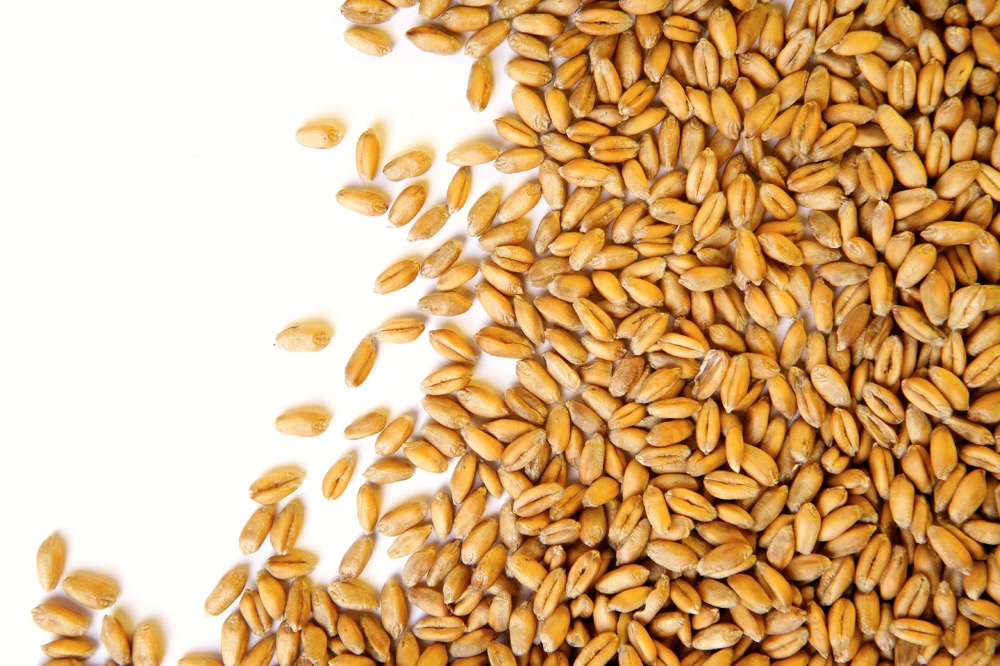Chicago | Reuters — U.S. corn futures fell four per cent on Wednesday after the U.S. Department of Agriculture raised its U.S. old- and new-crop corn ending stocks forecasts more than most analysts expected.
Wheat and soybeans followed corn lower, with rains in Iowa and Illinois this week adding pressure.
Chicago Board of Trade September corn settled down 16-1/4 cents at $3.85-1/2 per bushel (all figures US$). August soybeans fell 8-1/2 cents at $10.20-3/4 a bushel, and September wheat fell 16 cents at $5.37 a bushel.
Read Also

IGC raises 2025/26 world wheat crop forecast
The International Grains Council has raised its forecast for 2025/26 global wheat production with crop outlooks upgraded for Russia, the United States and Argentina.
Corn posted the biggest declines on a percentage basis after USDA, in a monthly report, raised its forecasts of U.S. corn stocks at the end of the 2017-18 marketing year to 2.325 billion bushels, up from 2.11 billion in June and above an average of analyst estimates for 2.181 billion.
“We still have such big carry-in stocks that even with lower acres, we’re still in a pretty comfortable position,” said Alex Norton, director of risk management with Beeson and Associates.
USDA also left its U.S. 2017 corn yield forecast unchanged at 170.7 bushels per acre. Some analysts had expected a reduction due to stressful hot and dry conditions in parts of the Midwest.
“With the weather that we’ve had, I think the trade is anticipating the yields will be something less than what we have now,” said Don Roose, president of U.S. Commodities.
CBOT soybeans briefly turned higher after the USDA lowered its soy ending stocks forecasts for both the 2016-17 and 2017-18 marketing years. But welcome rains the last two days in Iowa and Illinois, the top two producers of corn and soybeans, pressured futures, along with updated midday forecast models calling for milder conditions in the Midwest.
“A little bit more rain in the forecast is considered a little bearish for soybeans, after $1.40 (per bushel) run from its lows,” said Brian Hoops of Midwest Market Solutions.
Wheat fell after USDA raised its forecast of U.S. 2017-18 wheat ending stocks to 938 million bushels, from 924 million in June, bucking most trade expectations for a decline.
USDA lowered its estimate of U.S. 2017-18 all-wheat production to 1.76 billion bushels, down from 1.824 billion in June but above the average estimate of 1.748 billion.
Some analysts expect USDA to lower its estimate of the U.S. spring wheat crop in future reports, given drought in the northern U.S. Plains.
“It usually takes a few reports to get all the damage reflected in the numbers,” said Dan Cekander of DC Analysis.
— Julie Ingwersen is a commodities correspondent for Reuters in Chicago. Additional reporting for Reuters by Colin Packham in Sydney and Gus Trompiz in Paris.











